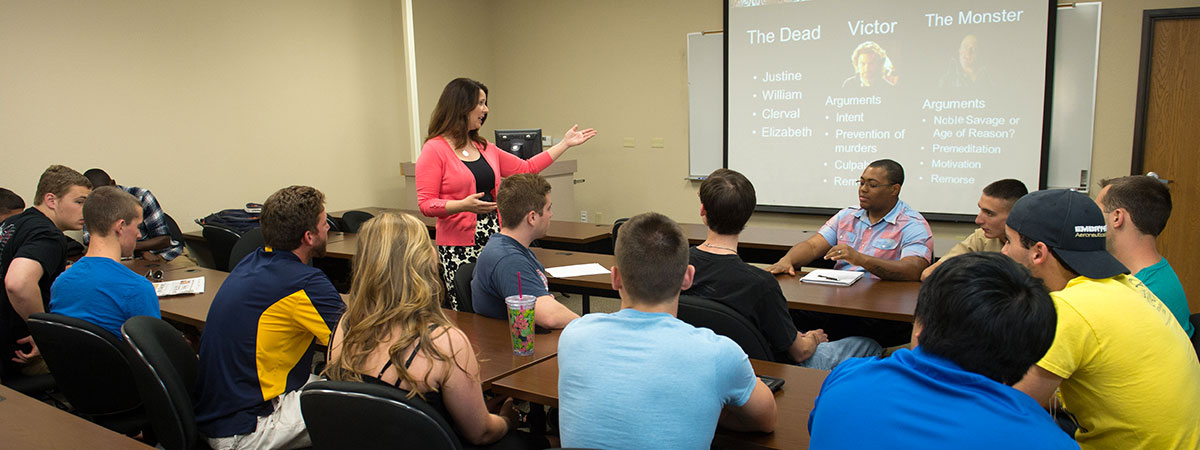Document Type
Dissertation
Publication/Presentation Date
3-31-2011
Abstract/Description
“Cold War Playboys: Models of Masculinity in the Literature of Playboy” emphasizes the literary voices that emerged in response to the Cold War’s redefinitions of space and sexuality and, thus, adds to the growing national discourse of Cold War literary and masculinity studies. I argue that the literature Playboy includes has always been a necessary feature to creating its masculinity model; however, that very literature often destabilizes the magazine’s grand narrative because it presents readers with alternative models of masculinity. To make that argument, I presume five things: 1) masculinity, like femininity, is a construct; 2) the mid-century masculinity crisis should be attributed to redefinitions of space and sexuality; 3) the crisis generated a variety of masculinity models; 4) Playboy presents its own, unified model of masculinity through its editorial features; and 5) finally, that Playboy should be considered an early Cold War artifact because the space Playboy magazine represents, dually domestic and privatized, is hardly trivial—decade after decade, it has absorbed society’s shifts and reflected them back to readers.
Citing biographical, historical, critical, and textual evidence, I consider how the literature of Playboy magazine responds to the construction of Cold War discourses regarding sexuality and space. In particular, I examine how Playboy contributions from Jack Kerouac, Vladimir Nabokov, and James Baldwin detail models of masculinity informed by Cold War culture. Playboy’s emphasis was obviously Playmates, but fiction always appeared in its pages. As its largest component, fiction became the backbone of Playboy. Therefore, Hefner's educated, sexual male identity included, and still includes, reading a wide array of literature—from Ian Fleming to Ursula le Guin. “Cold War Playboys” asks: How did literature gain primacy in Hefner's ideal male identity? What purposes does reading this literature serve when appealing to a particular masculinity? Answering these questions allows me to explore how one mass-produced magazine and specific literary figures participated in and resisted the construction of Cold War discourses regarding space and sexuality.
Required Publisher’s Statement
This Dissertation is brought to you for free and open access by the Graduate School at Scholar Commons. It has been accepted for inclusion in Graduate Theses and Dissertations by an authorized administrator of Scholar Commons. For more information, please contact scholarcommons@usf.edu.
Scholarly Commons Citation
Mitchell, T. J. (2011). Cold War Playboys: Models of Masculinity in the Literature of Playboy. , (). Retrieved from https://commons.erau.edu/db-humanities/17
Included in
Feminist, Gender, and Sexuality Studies Commons, Literature in English, North America Commons

